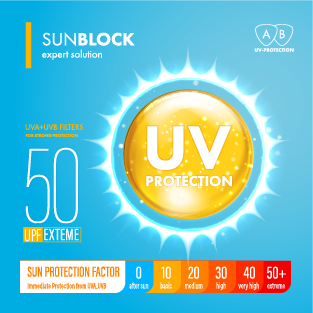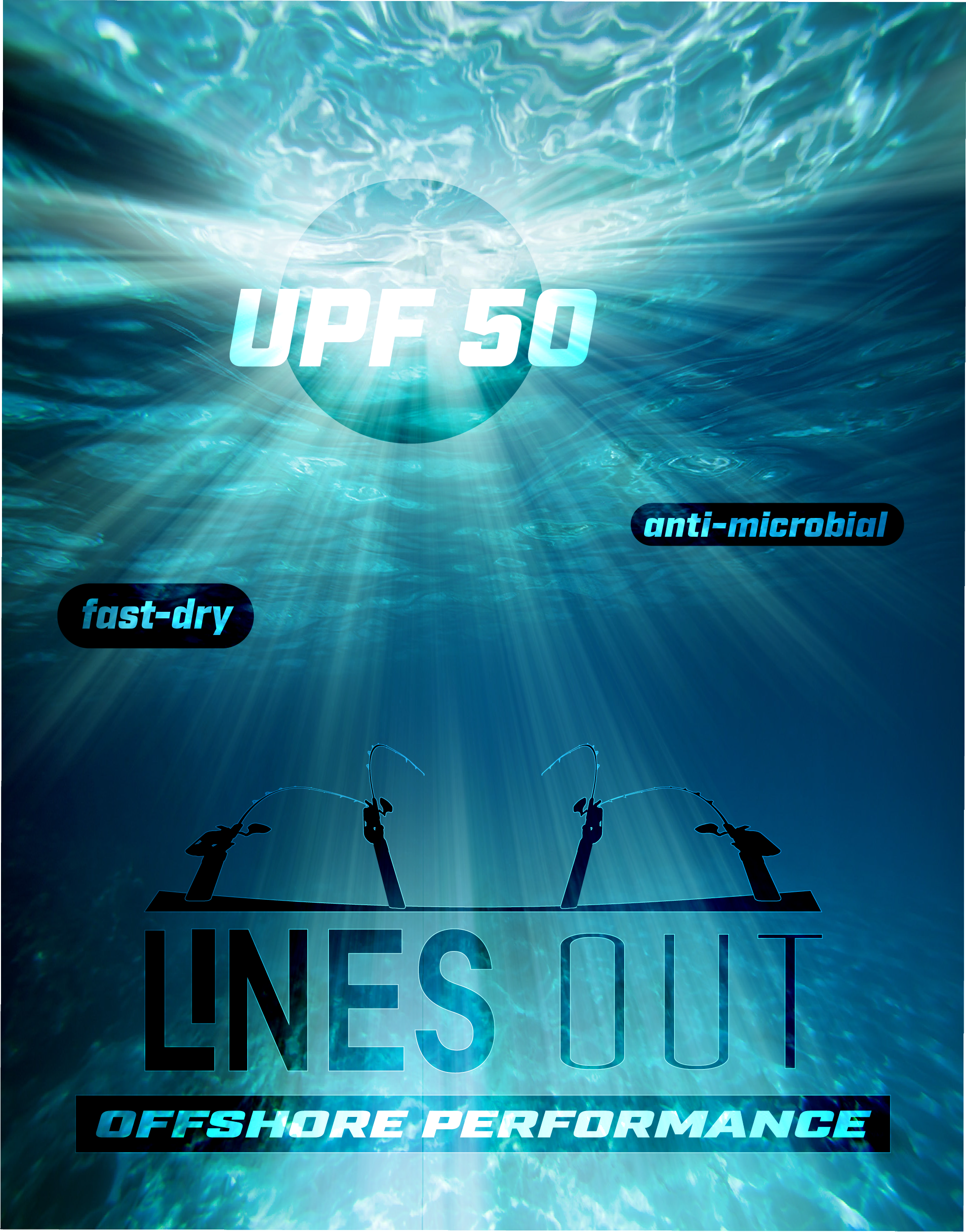
Check out our newest products
ANTI-MICROBIAL - SPF50 - COOLING
-
 Sale
SaleFlorida Proud
Regular price $25.00 USDRegular priceUnit price / per$40.00 USDSale price $25.00 USDSale -
 Sale
SaleTrolling Day
Regular price $25.00 USDRegular priceUnit price / per$40.00 USDSale price $25.00 USDSale -
 Sale
SaleAngler Management
Regular price $25.00 USDRegular priceUnit price / per$40.00 USDSale price $25.00 USDSale -
 Sale
SaleTuna Frenzy
Regular price $25.00 USDRegular priceUnit price / per$40.00 USDSale price $25.00 USDSale -
 Sale
SaleUnderwater Turtle
Regular price $25.00 USDRegular priceUnit price / per$40.00 USDSale price $25.00 USDSale -
 Sale
SaleSkulls N Sails
Regular price $25.00 USDRegular priceUnit price / per$40.00 USDSale price $25.00 USDSale -
 Sale
SaleLive to Fish
Regular price $25.00 USDRegular priceUnit price / per$40.00 USDSale price $25.00 USDSale -
 Sale
SaleLines Out Beaches
Regular price $25.00 USDRegular priceUnit price / per$40.00 USDSale price $25.00 USDSale -
 Sale
SaleHutchinson Island
Regular price $25.00 USDRegular priceUnit price / per$40.00 USDSale price $25.00 USDSale -
 Sale
SaleOcho Brazos
Regular price $25.00 USDRegular priceUnit price / per$40.00 USDSale price $25.00 USDSale

WE GOT YOU COVERED
At work or at play, staying cool is not just an option for us Floridians - it's a necessity. Avoiding the harmful UV rays from the sun is a priority. Our product features a durable UPF 50 design that is both lightweight and breathable, ensuring maximum comfort while allowing the breeze to flow through. Anti-microbial to help block the stink, and moisture wicking properties to help keep you dry.
Did I mention the hood?
Are UPF and SPF the same?
UPF (Ultraviolet Protection Factor) and SPF (Sun Protection Factor) are both measures used to quantify the effectiveness of sun protection, but they are used for different purposes and are associated with different types of products. Here's how they differ:
- Purpose: SPF is a measure primarily used for sunscreen products, which are applied topically to the skin. It indicates the level of protection a sunscreen offers against UVB (Ultraviolet B) rays, which are responsible for causing sunburn and contribute to the development of skin cancer.
- UPF, on the other hand, is used to measure the sun protection provided by clothing, textiles, and fabrics. It assesses the ability of these materials to block both UVA (Ultraviolet A) and UVB rays, which can cause skin damage, premature aging, and increase the risk of skin cancer.
- Coverage: SPF is relevant for the exposed areas of the skin that are covered by sunscreen. It provides protection to the specific areas where it is applied.
- UPF is relevant for clothing and fabrics that cover the entire body. It provides protection for the entire area of the body covered by the clothing or textile.
- Measurement: SPF values are typically represented as a numerical rating, such as SPF 15, SPF 30, SPF 50, etc. The number indicates how much longer a person can stay in the sun without burning when compared to not wearing sunscreen at all. For example, SPF 30 means you can stay in the sun 30 times longer without burning than if you weren't wearing sunscreen.
- UPF values are also represented as numerical ratings, such as UPF 15, UPF 30, UPF 50+, etc. These ratings indicate the level of protection a fabric or textile provides against UV radiation. For example, UPF 50+ means that the fabric blocks at least 98% of UV radiation.
- Considerations: SPF is often used in conjunction with sunscreen application to protect the skin from UVB damage.
- UPF is used to select clothing and fabrics that offer UV protection, and it is especially important for outdoor activities where prolonged sun exposure is expected.
In summary, SPF and UPF are related but distinct measures used for different purposes. SPF is associated with sunscreens and protects the skin from UVB rays, while UPF is associated with clothing and textiles, offering protection against both UVA and UVB rays for the entire body. It's important to use sunscreen and wear protective clothing with appropriate UPF ratings to safeguard your skin from the harmful effects of UV radiation.





















